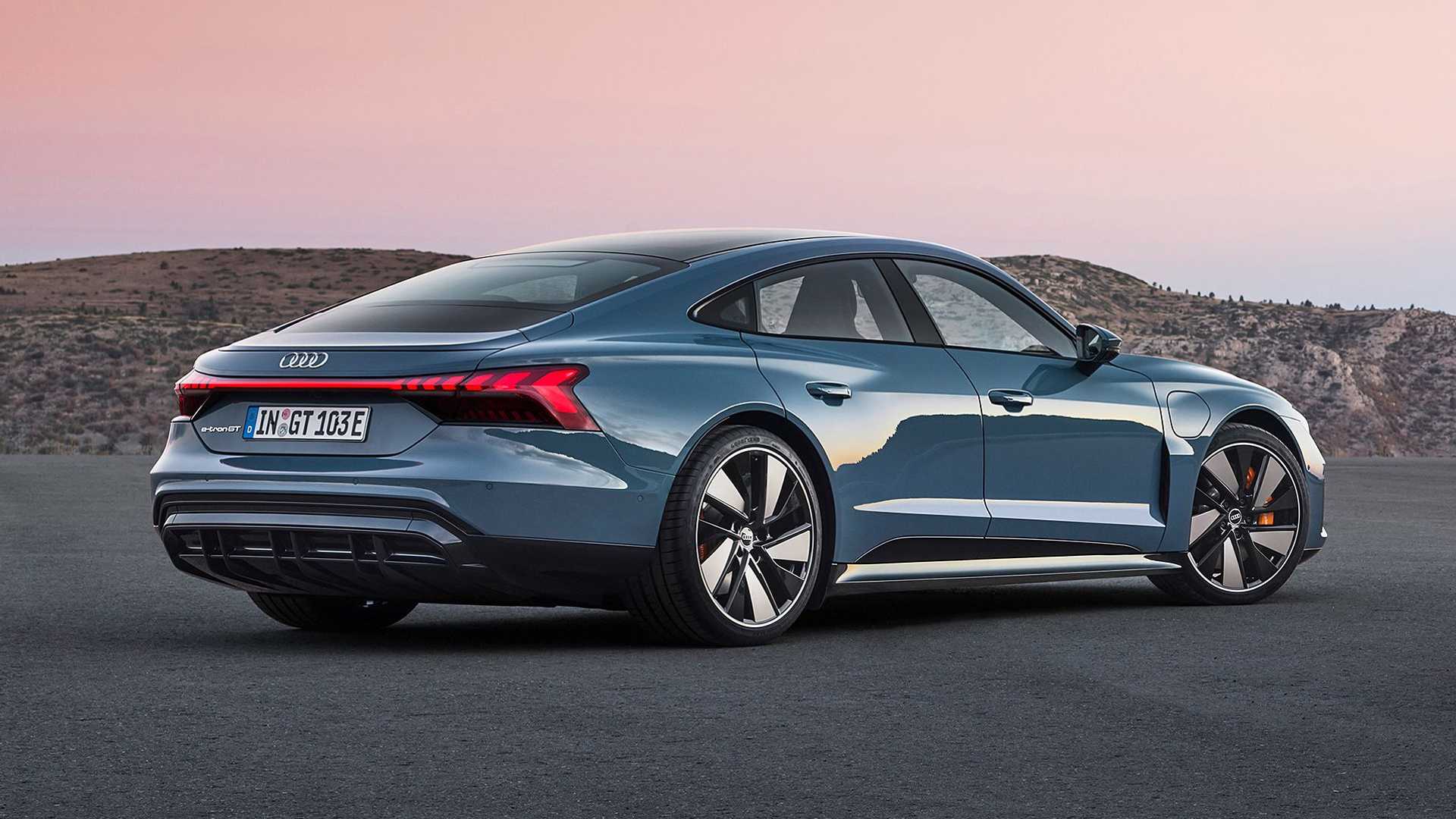Until now, with a few exceptions, most electric car manufacturers have opted for 400V systems. But the arrival of the Porsche Taycan has opened the door to the use of the 800V system, which offers excellent possibilities in aspects such as accessing ultra-fast recharges safely and efficiently and starting vehicles with very high power figures. A market niche where we can now count on a manufacturer of height Germany’s ZF.
ZF has confirmed this week the start of the production of 800V systems. It will take place both in their plants in Europe and in China, and will begin at the end of this year.
ZF has indicated the development of this type of component for electric cars, and will use silicon carbide as a semiconductor. A technology that ZF has already tested in Formula E, where a 900-volt system is used.
ZF has done some work in collaboration with the Mahindra Racing team, with whom they have been designing a new architecture since 2019, that allows optimal performance and costs as contained as possible.
And it is that from the own ZF, it is admitted that this technology for the moment will be present mainly in the Premium segments. Models like the IONIQ 5 indicate that they will be the exception, the Taycan or Audi E-Tron GT being the norm.
According to Bert Hellwig, Head of Electric Powertrain Development at ZF: “It is becoming apparent that the 800-volt architecture will be established in future premium vehicles or sports models, while the 400-volt architecture will continue to be the standard in the market. of volume”
Manufacturers have put their hopes in 800-volt technology to design the architecture of their future flagship models. This consists of a wiring system for a higher load power, which will force the use of thicker cables or install more efficient cooling systems. Something that increases the vehicle’s weight and complexity and where this technology will allow to offer alternatives.
It now remains unknown if this technology is relegated to the most expensive segments, or if not, it will manage to spread thanks to the commitment of the brands that would make the economic effort to implement it at a loss in their first models.

